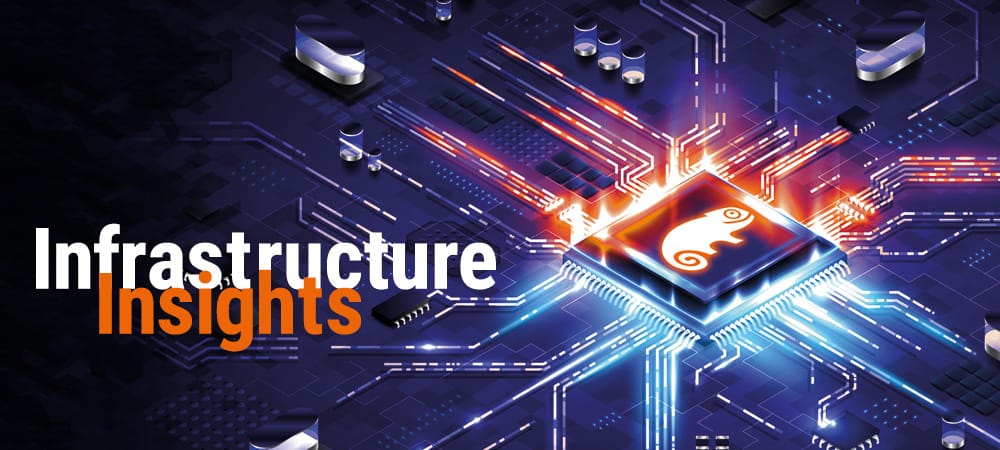IoT versus HCP


Optimistically speaking, SAP elicits admiration and amazement. There is hardly an IT application field where SAP does not try to get its foot in the door.
It is sold to the community as innovation, but behind it lies the inability of a transparent, logical, stringent corporate policy.
Even at the end of last year, I heard at meetings that SAP was dancing at too many weddings. I can confirm this impression from my own experience: At SAP Select in Berlin, every conceivable IT topic was touched on.
Thus, the event became a string of buzzwords.
One could now quantify their occurrence and derive a ranking from it, but I will leave this task to our working students.
Hana- and S/4-influenced SAP has a fundamental problem: The concerns of existing customers are theoretically addressed at PowerPoint level.
Whereas SAP used to stand next to the ERP user and analyze and then solve the challenge together with him, now "solutions" are produced in a rush with design thinking, which are then to mature "for a fee" at the existing customer.
SAP is increasingly selling prototypes that require a license and that users must test at their own expense.
In the digital transformation, there seems to be no more time for testing and quality assurance measures.
Loss of reality
Because the connection to reality is missing, design thinking works excellently in the first step but then lacks sustainability, the IoT scenarios and industry examples become more and more obscure.
My coworkers told me that at TechEd (!) 2016 in Barcelona, Chief Technology Officer Bernd Leukert coupled a coffee vending machine equipped with sensors with SAP's Hana cloud platform via a Fiori interface.
And that's exactly the problem: Any first-year computer science student can pair a few sensors from the home improvement store with a free account on AWS.
But we don't have a few coffee machines on our factory floors, but hundreds of CNC machines, each with hundreds of sensors. This data stream must be processed in real time and fail-safe!
The real problems are not even mentioned in passing in SAP's PowerPoint presentations: How do you sort and consolidate the Big Data phenomenon of thousands of IoT sensors so that it does justice not only to a theoretical business model, but also to a real production environment?
If sensor data from an Italian State Railways locomotive - one of Bernd Leukert's favorite IoT examples - doesn't end up in "real time" in the memory of the Hana in-memory computing database, that's far from a disaster.
If one of our CNC machines doesn't respond in real time, the 50,000 euro workpiece is ruined. I would never entrust such a workpiece to an Internet connection to the Hana Cloud Platform.
IoT is not an issue for HCP!
To solve the real IoT challenges, SAP would do well to partner with Siemens and Bosch - but what the Walldorf-based ERP provider forgets is that we, as manufacturing SAP customers, have been in contact with Siemens and Bosch for many years, not just since yesterday.
Our production and factory managers know the Siemens and Bosch experts, and they know the wishes and challenges of our employees in production and logistics.
SAP is naturally welcome here, but is the last to come in at the door now.
No results without tests
I have already mentioned it several times here: The direction is right, but the details lack answers.
Whether IoT, HCP or Hana - these SAP innovations are to be welcomed, but time should also be allowed for testing and maturing.
Hana is a highly interesting database technology, but a productive database for a global corporation needs to be more than just fast.
The maturity level of Hana 2 also seems insufficient to me for productive use.
The challenge lies not in speed, but in stability, in the controllability of the technology. ERP, SCM, HCM need a robust, absolutely secure database.
Hana will certainly meet these operational requirements one day. At the moment, Hana is the most exciting proof of concept for us.
We are committed to digital transformation, but cannot proceed disruptively. We need to preserve what has been tried and tested and installed.
Of course we are experimenting with Hana, AWS, S/4, Fiori, HCP, IoT. What we would like to see is an SAP that stands by our side again and develops together with us.
We don't need ERP prototype development that licenses half-finished products at a high cost and leaves troubleshooting and quality assurance to existing customers.
We want to bring SAP back to real life, so that the abstract presentations devoid of any reality stop - then I'll be happy to drink a coffee from the IoT machine with the Walldorfers again.






